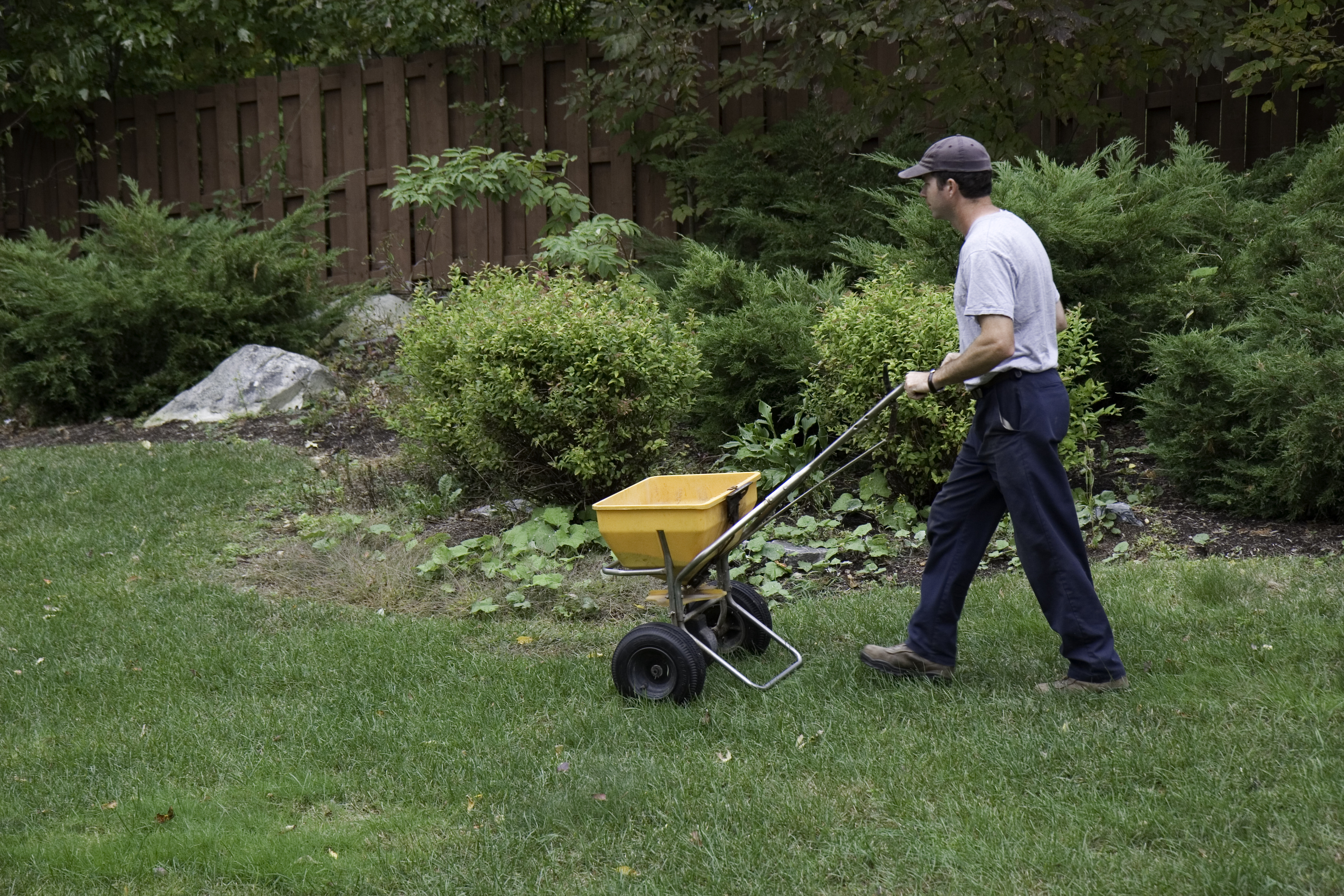
Get matched with top lawn fertilization and treatment specialists in O Dell, NE
Enter your zip and get matched with up to 5 pros
Need a pro for your lawn fertilization and treatment project in O Dell, NE?
Find Lawn fertilization and treatment specialists in O Dell
Bullseye Lawn & Snow Solutions
Bullseye Lawn & Snow Solutions
Although a new lawn and snow care business in lincoln, we are experienced in lawn care, fertilizers, snow removal, and other projects your yard may need. Here at bullseye lawn and snow, we make sure that your yard is taken care exactly as you want it. We are your true year round solution for your yard.
Although a new lawn and snow care business in lincoln, we are experienced in lawn care, fertilizers, snow removal, and other projects your yard may need. Here at bullseye lawn and snow, we make sure that your yard is taken care exactly as you want it. We are your true year round solution for your yard.
The O Dell, NE homeowners’ guide to lawn fertilization and treatments
From average costs to expert advice, get all the answers you need to get your job done.
 •
•Discover the cost to fertilize your lawn, including average prices, key factors, and tips to help homeowners budget for a lush, healthy yard.
 •
•Discover average lawn aeration cost, key price factors, and tips to save. Get a clear estimate for your yard and learn how to choose between DIY and hiring a pro.
 •
•Get transparent power seeding cost info to learn what impacts pricing, how to save, and whether to DIY or hire a pro for your lawn’s best results.

When it comes to drop spreaders versus broadcast spreaders, knowing the differences between them will help you make the right choice for your outdoor setup.

Ready to give your yard a fresh start? With these tips for grass seed planting, your lush lawn dreams are one step closer to becoming a reality.

Grass seeds thrive in soil rich in nutrients, but a potting mix will not support your grass’ long-term health. Find out which type of soil is best for grass.
- Hanover, KS Lawn fertilization and treatment specialists
- Beatrice, NE Lawn fertilization and treatment specialists
- Marysville, KS Lawn fertilization and treatment specialists
- Washington, KS Lawn fertilization and treatment specialists
- De Witt, NE Lawn fertilization and treatment specialists
- Waterville, KS Lawn fertilization and treatment specialists
- Blue Rapids, KS Lawn fertilization and treatment specialists
- Wilber, NE Lawn fertilization and treatment specialists
- Frankfort, KS Lawn fertilization and treatment specialists
- Firth, NE Lawn fertilization and treatment specialists
- Hickman, NE Lawn fertilization and treatment specialists
- Crete, NE Lawn fertilization and treatment specialists
- Clifton, KS Lawn fertilization and treatment specialists
- Seneca, KS Lawn fertilization and treatment specialists
- Centralia, KS Lawn fertilization and treatment specialists
- Roca, NE Lawn fertilization and treatment specialists
- Clyde, KS Lawn fertilization and treatment specialists
- Dorchester, NE Lawn fertilization and treatment specialists
- Westmoreland, KS Lawn fertilization and treatment specialists
- Bennet, NE Lawn fertilization and treatment specialists
